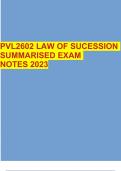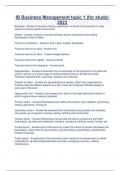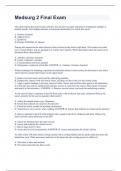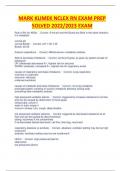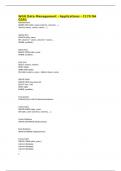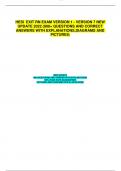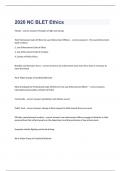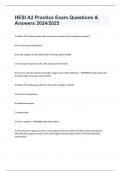Samenvatting
Summary PVL2602 LAW OF SUCESSION SUMMARISED EXAM NOTES 2023
- Vak
- Instelling
PVL2602 LAW OF SUCESSION SUMMARISED EXAM NOTES 2023 1 Introduction to law of succession: When a person dies he or she leaves behind not family/friends but more importantly for our purposes rights and duties that have to be finalized. The law of succession deals with the finalization of the de...
[Meer zien]
